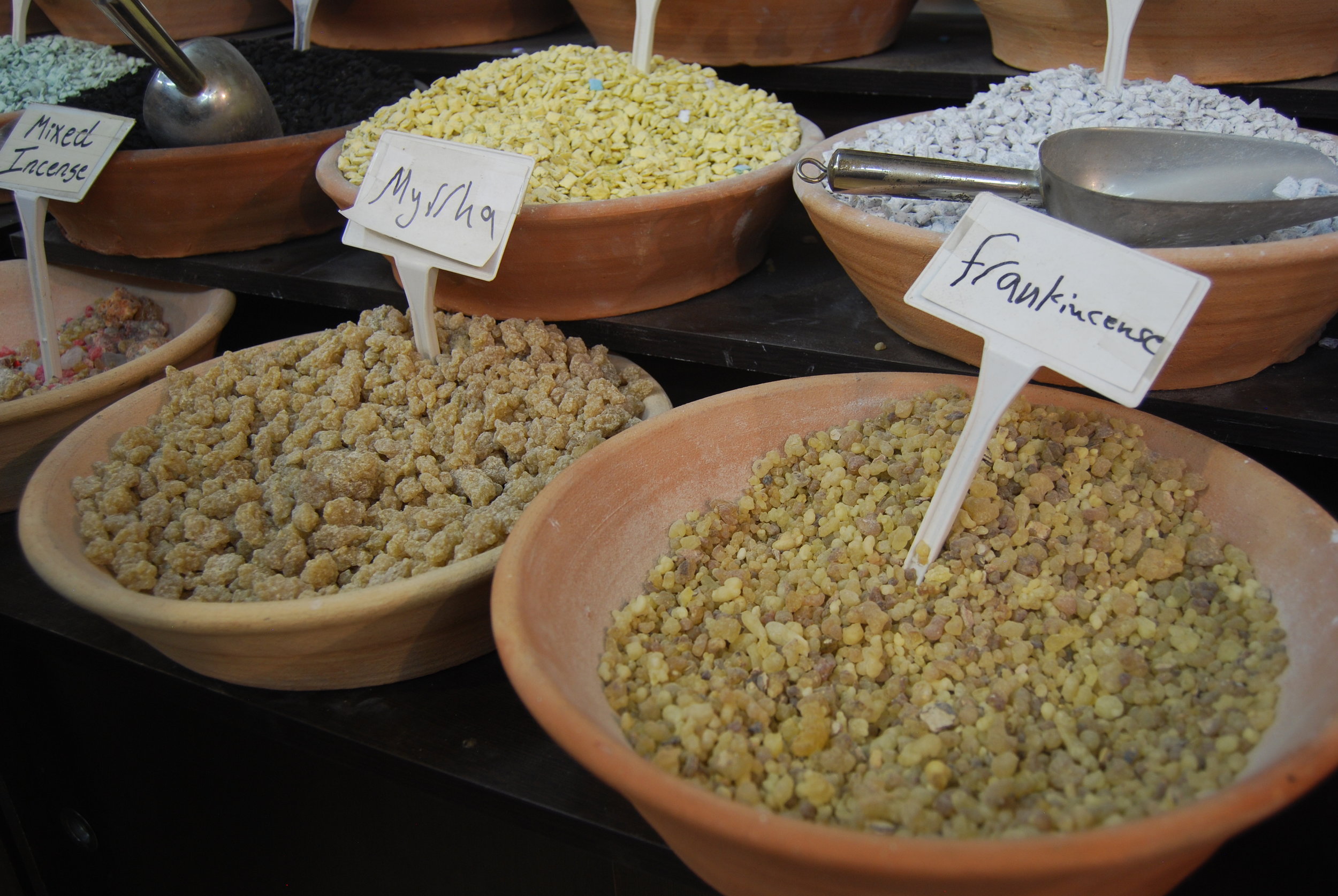Every year, I tend to become more and more fascinated by the weather in Israel. In the fall, I begin looking to the digital sky and watch as the early rains begin to fall. Over the past several years, Israel has been experiencing a drought. This is evident not only in the data, but also walking around the land.
The water level in the Sea of Galilee has dropped several feet in the past several year. Places along the shoreline where I have taken my tour groups to board boats are no longer accessible. The water level is just too shallow for a boat to dock in those locations. In addition, as you visit different areas along the shore, more and more of the land is visible. This is especially evident along the northwest corner of the lake as there are many visual markers that show this fact with clarity.
But….good news…the rains have arrived. This morning, I took three screenshots from web cameras that are located in the northern part of the land. The first picture is from the city of Sefad, which sits a couple of miles north of the Sea of Galilee. On a normal day, you would be able to see part of the lake from this image. But, not today.
The second image is from the top of Mount Bental, about 50 miles north of the Sea of Galilee. Again, you will see that it is a rainy day. It is not uncommon to see visitors and families eating picnic lunches from this vantage point.
Finally, this picture is from Merom Golan, which is very near Mount Bental. Again, rain everywhere.
To me, these are beautiful views. These rains will fall through the Hula Valley and into the Jordan River. From there, they will flow into the Sea of Galilee and offset the water shortages that currently exist. In addition, they will make the land nice and green for us to see later next year.
“And if you will indeed obey my commandments that I command you today, to love the Lord your God, and to serve him with all your heart and with all your soul, he will give the rain for your land in its season, the early rain and the later rain, that you may gather in your grain and your wine and your oil. And he will give grass in your fields for your livestock, and you shall eat and be full.” - Deuteronomy 11:13-15

































